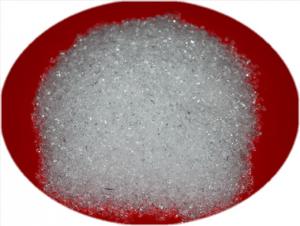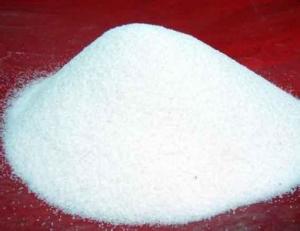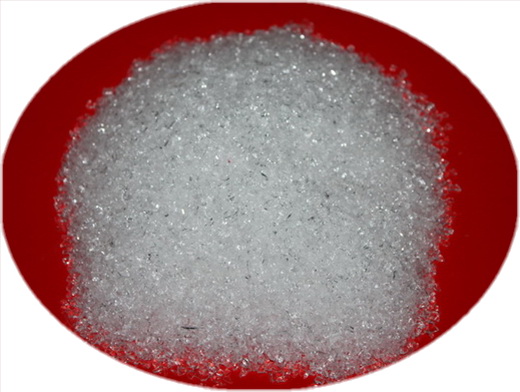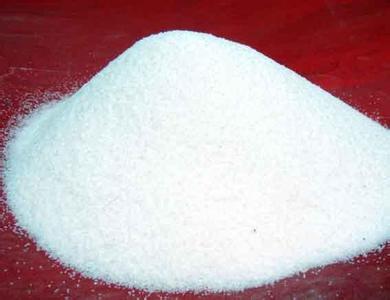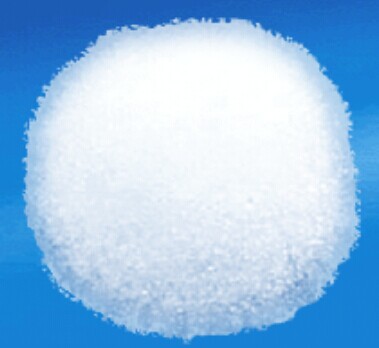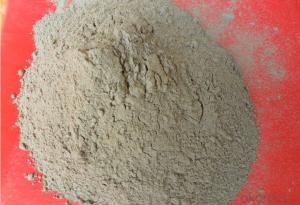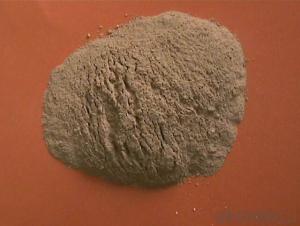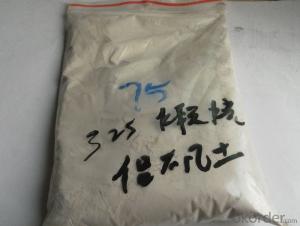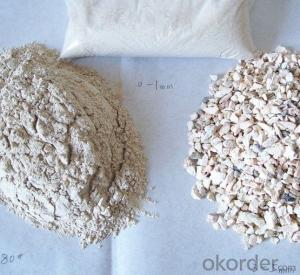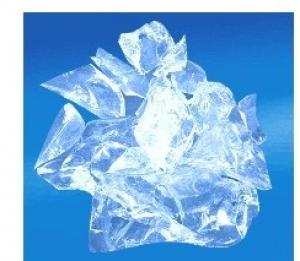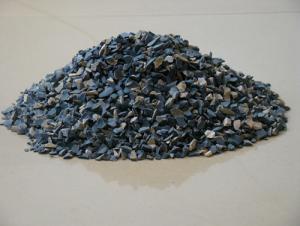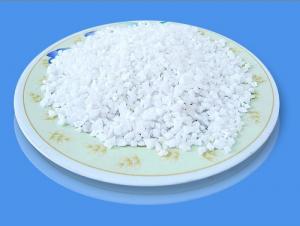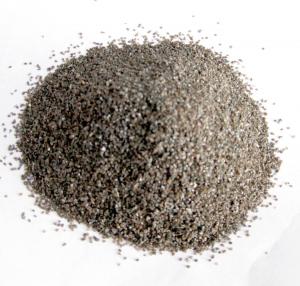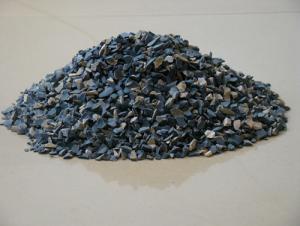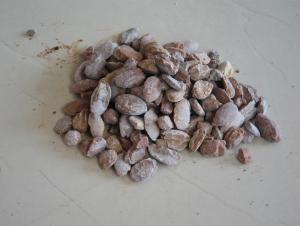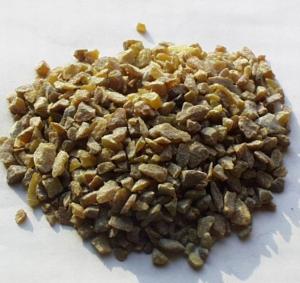Raw Materials for Refractory - Fused Silica
- Loading Port:
- China Main Port
- Payment Terms:
- TT or LC
- Min Order Qty:
- -
- Supply Capability:
- -
OKorder Service Pledge
OKorder Financial Service
You Might Also Like
PRODUCT INFORMATION | |
Item | Fused Silica Powder |
Size | D50=9~11um |
Application | Epoxy insulation encapsulant material / Epoxy Molding Compound (EMC), Copper Clad Laminate (CCL), Electromagnetism Industry, Electronic Industry, Ceramic Industry, The Aerospace Industry, Glass Industry, Plastics Industry, Grinding Material Industry, Coating Industry, Investment Casting Industry, Thermal Insulation Product of Calcium Silicate, Refractory Material |
Model No. | R610 |
MOQ | 5 ton |
Material | natural silica rock after melting |
H.S. CODE | 25061000 |
PRODUCT CHEMICAL COMPOSITION AND PHYSICAL PROPERTIES | |
SiO2 | >99.99% |
Al2O3 | <0.015% 1000ppm |
Fe2O3 | <0.002% 50ppm |
Density | 2.2 |
Whiteness | >92% |
Moisture content | <0.05% |
Mohs hardness | 6.5 |
Igniting loss | <0.12% |
Appearance | powder |
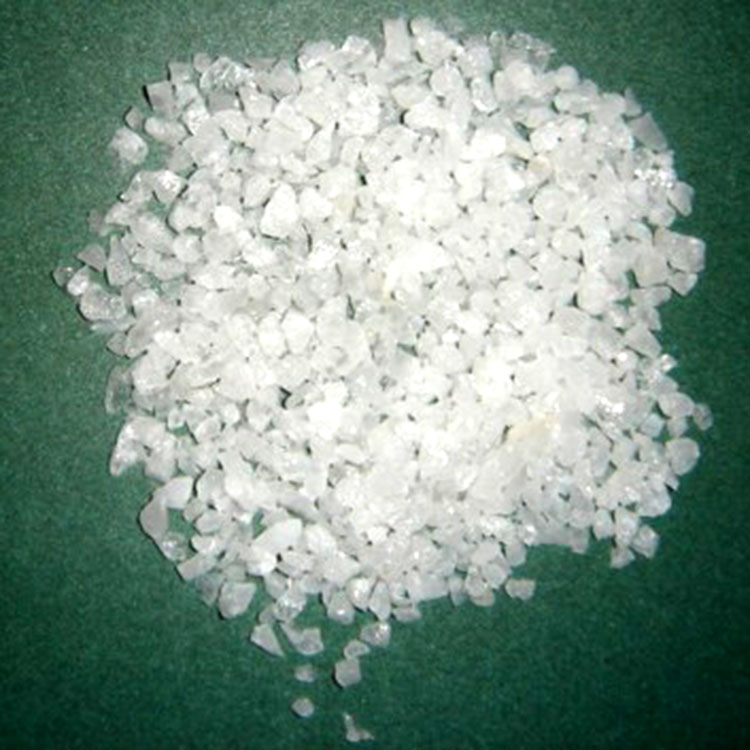
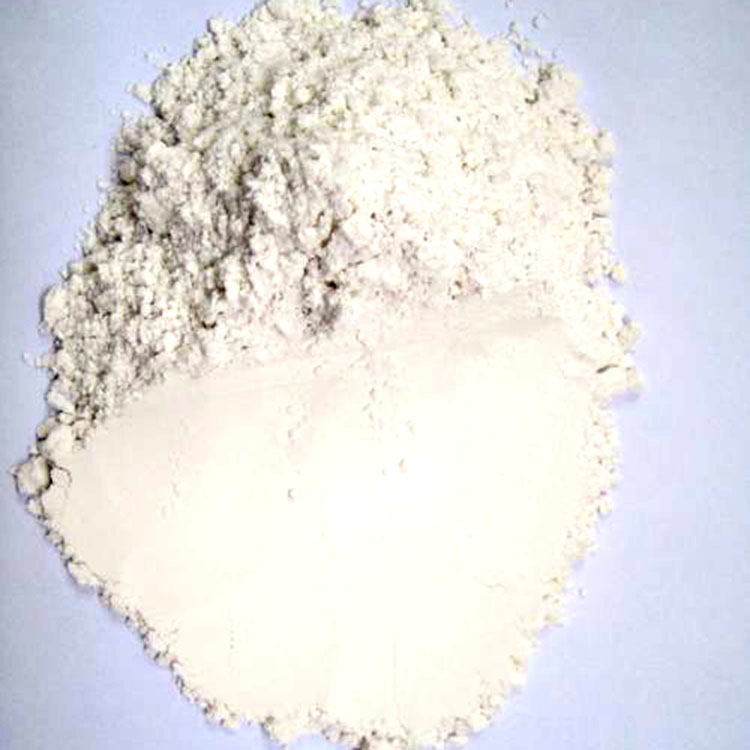
- Q: What is the role of adding chromium oxide green in unshaped refractory materials
- Generally, less is added in corundum or corundum spinel refractory material, but it can significantly improve the material performance such as high temperature strength, erosion resistance, thermal and shock stability, etc.
- Q: What does fire-resistant insulation coating have?
- Refractory thermal insulation material mainly refers to the inorganic thermal insulation material and composite thermal insulation material. According to the shape, it can be divided into: Finishing of fibrous shape, mineral?cotton, rock wool, glass wool, aluminum?silicate?wool, ceramic fiber, etc. Diatomaceous earth of microporous pile, calcium silicate, expanded perlite,expanded vermiculite,aerated concrete, etc. Foam glass of bubble shape, volcanic ash glass, foamed clay, foamed?concrete, gelatine powder polyphenyl granule heat insulating slurry of pasty form, etc. Their common feature is fire-retardant and firproof. It can be used in buildings with high requirements of fire?rating. Calcium silicate, aluminum silicate and asbestos can also be used for piping insulation of heat transport with high temperature. Hope it is helpful to you.
- Q: How is grade of fire endurance divided?
- Fire resisting shutter is divided into Class A / B / C, and the relevant fire endurance are not less than 1.2 /0.9 /0.6 hours, see "General technical conditions for steel fire resisting shutter GB 14102-93". 4.3 4.3.1 Classification according to time of fire resistance 4.3.1 Ordinary steel fire resisting shutter (see Table 3) Table 3 and Category Code Refractory time hF1 1.5F2 2.04.3.2 Composite steel fire resisting shutter (see Table 4). Table 4 and Category Code Refractory time hF3 2.5F4 3.04.4 Classification according to refractory time and smoke prevention performance 4.4.1 Ordinary steel fire and smoke resisting shutter (see Table 5) Table 5 category and code refractory time h smoke leakage (20Pa differential pressure) FY1 1.5 ≤0.2m3 / m minFY2 2.0 ≤0.2m3 / m min4.4.2 composite steel fire and smoke resisting shutter (see table 6) table 6 category and code refractory time h smoke leakage (20Pa pressure) FY3 2.5 ≤0.2m3 / m minFY4 3.0 ≤0.2m3 / m min Excerpt completed. Fire shutter used as fire compartment has a fire resistance of 3 hours, and fire shutter set on the upper opening part on the firewall has a fire resistance of 1.2 hours. **** Materials with fire resistance of 3.0 hours are called AAA refractory material (back fire surface). "Building Conventions" have mentioned in places where it is really difficult to set a firewall, fire shutters can be used to separate fire compratment. When using fire shutters whose back surface temperature rise is included as the judging criteria of fire resistance, its fire resistance should be not less than 3.00h; When using fire shutters whose back surface temperature rise is not included as the judging criteria of fire resistance, independent protection of closed automatic water spraying system should be set on the both sides of the shutter, and the duration of water spray should be not less than 3.00h. In summary: Fire shutter is divided into: Grade AAA, A, B and C
- Q: Concrete composition and function of magnesia bond used in refractory
- The first answer is 2 points, and the answer is accepted. You get a reward and 20 bonus points. Magnesia, magnesia brick, magnesia brick, magnesia brick, magnesia calcium brick, magnesia carbon brick
- Q: Selection of refractory materials?
- Acid refractory with silicon oxide as the main component, are commonly used in brick and clay brick. Silica is silica containing more than 93% silica products, raw materials used in silica, silica and other waste, the acid resistance of slag erosion ability, high load softening temperature, volume shrinkage after repeated burning, or even a slight expansion; but it is vulnerable to the erosion of basic slag, low thermal shock resistance. The brick is mainly used for thermal equipment of glass furnace, coke oven, acid furnace etc.. Clay brick with refractory clay as the main raw material, containing 30% to 46% of alumina, weak acid refractory material, heat shock resistance, resistance to acid slag, widely used.
- Q: What are the differences and connections between softening temperature of the refractory under a fixed load and thermal resistant creep property of the refractory?
- The result of refractoriness under load is temperature while the result of creep is percentage of deformation. Refractoriness under load and creep can be tested by an instrument. Refractoriness under load reflects the temperature in which the deformation reaches a certain degree under the condition of load. Creep reflects the deformation refractory has under the condition of constant temperature and load. Both refractoriness under load and creep are important criterion for the operating temperature of refractory.
- Q: Does anyone know fire-proof material of fireproof wooden door?
- Fireproof wooden door goes through the flame treatment, so it can prevent fire. Its principle: Fire-retardant treated timber has become flame retardant material itself and its fire endurance has increased. The commonly used method of fire retardant treatment for timber including: Spraying method, soaking method, boiling method, vacuum method, vacuum-pressure method.
- Q: What's meaning of CN of fire-resistant material?
- The commonly used preparation methodsinclude shock compression, high-pressure pyrolysis, ion implantation, reactive sputtering, plasma chemical vapor deposition, electrochemicaldeposition, ion beam sputtering, , low-energy ion radiation, pulsed arc discharge,pulsed laser inducing, etc. But the compounding result of superhard materialis not ideal due to deposition of amorphous CN film, nanometer level sizedC3N4 crystalline grain set in the amorphous film and few large graincrystal.
- Q: How many types of fire-resistant material?
- 1. Acid fire-resistant material refers to one with more than 93% SiO2. It is featured by resistance to the corrosion of acidic slag ad high temperature and easy to react with alkaline molten slag. 2. Alkaline refractory material generally refers to one with magnesium oxide or magnesium oxide and calcium oxide as the main component. It has high refractoriness and strong resistance to basic slag. 3. Silicate aluminum refractory material refers to one with SiO2, Al2O3 as the main component. According to the content of Al2O, it can be divided into three categories: half siliceous (15-30% Al2O3), clay (Al2O3 30 ~ 48%), high aluminum (more than 48% of Al2O3). 4. Fused cast refractory material refers to shaped refractory products made by high temperature melting and casting.
- Q: What kind of refractory material should be used for common boiler?
- Build by using clay refractory mortar. Common clay brick is used as combustion layer. Xindeyuan Refractory Material, red?brick is used as external wall. Light clay brick is used as thermal insulation layer, thank you.
Send your message to us
Raw Materials for Refractory - Fused Silica
- Loading Port:
- China Main Port
- Payment Terms:
- TT or LC
- Min Order Qty:
- -
- Supply Capability:
- -
OKorder Service Pledge
OKorder Financial Service
Similar products
Hot products
Hot Searches
Related keywords
